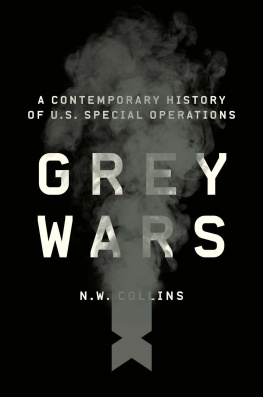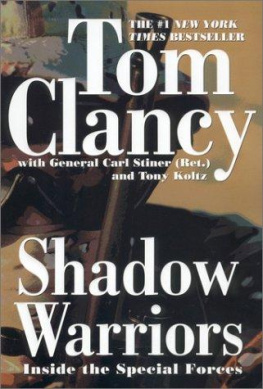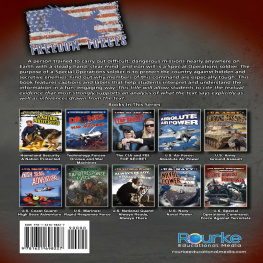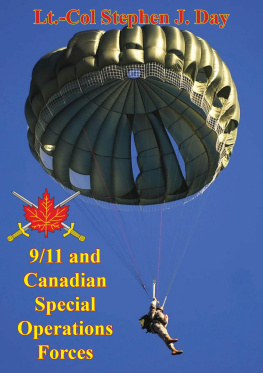GREY WARS

Published with assistance from the Frank M. Turner Publication Fund, the Schoff Fund, and the Louis Stern Memorial Fund.
Copyright 2021 by N. W. Collins.
All rights reserved.
This book may not be reproduced, in whole or in part, including illustrations, in any form (beyond that copying permitted by Sections 107 and 108 of the U.S. Copyright Law and except by reviewers for the public press), without written permission from the publishers.
Yale University Press books may be purchased in quantity for educational, business, or promotional use. For information, please e-mail sales.press@yale.edu (U.S. office) or sales@yaleup.co.uk (U.K. office).
Illustrations by Matt Chase.
Set in Meridien and Futura type by IDS Infotech, Ltd.
Printed in the United States of America.
Library of Congress Control Number: 2020949636
ISBN 978-0-300-19841-6 (hardcover : alk. paper)
A catalogue record for this book is available from the British Library.
This paper meets the requirements of ANSI/NISO Z39.48-1992 (Permanence of Paper).
10 9 8 7 6 5 4 3 2 1
Our special operations forces are the worst nightmare of Americas worst enemies.
President George W. Bush, 2004
Our special forces are the best of the best ... its hard to describe how courageous, how tough, how skilled, how precise they are.
President Barack Obama, 2011
Just the strike part of it can never do more than keep an enemy at bay ... Americans have got to understand that.
General Stanley McChrystal, 2013
We are a command at war and will remain so for the foreseeable future.
General Tony Thomas, 2017
Warfighting excellence ... after all, weve been doing this for decades.
General Joseph L. Votel, 2019
CONTENTS
GREY WARS
FIRST DAY AT HEADQUARTERS

The fire-breathers are almost always civilians.
Robert M. Gates, U.S. Secretary of Defense
This is not what war is supposed to look like.
Thats my first thought upon arriving at MacDill Air Force Base, Florida, in 2010.
We stop at a red-roofed gatehouse with a single-beamed electric post. The small structure is neither substantial nor imposing. It does not hint of Fortress Americanor would it pass the minimum post-9/11 standards of perimeter security. Its diminutive scale is far out of proportion to the consequential institutions on the other side.
The quiet entrance of this base, with its orange-leafed palms, towering oaks, and rows of citrus trees, set on a 6,000-acre peninsula, has the appearance of an idyllic beach resort.
The disparity is jarring. Small dark lettering at the checkpoint, however, does read MacDill AFB. So, here it is: the military installation at the center of Americas twenty-first-century warsimpelled by an attack on U.S. soil; launched and waged as a new type of global war; and ultimately splintering into a spectrum of regional conflicts.
Inside this fightneither hot war nor cold peacethe use of U.S. Special Operations may be understood as paradox. The forces are the central instrument of Americas military campaignoperating in about 100 countries on any given daybut are often peripheral in national security decision-making. The results are our nations grey wars: hazy and lethal.
_____
At the gatehouse, standing in battle uniform, a courteous young airman offers a warm welcome. Gracious, even deferential, he speaks with a quiet southern cadence, an accent I rarely hear living north of the Mason-Dixon Line. He accepts our paperwork, including a stack of drivers licenses, and checks each name against his clipboard roster. Within a few minutes, the gate-guard waves our white van through with a smile.
We are here at MacDill for a series of briefings on the 9/11 wars. We will visit the two combatant commands co-located here: U.S. Special Operations Command, or SOCOM, develops forces for global counterterrorism activities, unconventional operations, and crisis missions; and U.S. Central Command, or CENTCOM, organized geographically, directs forces deployed to the Middle East and Central Asia.
For most of usa group of eighteen, a trip organized by the Council on Foreign Relations, a think tankthis is our first time both at MacDill and on the road together. Several in the cohort have a policy background, some as appointees in the Bush or Clinton administrations, but most now work in the private sector in New York and Washington. Two participants are American expats, traveling long distances, one from Beijing, the head of Intels China operations, and another from Dubai, an infrastructure financier. I am the one academic, traveling from Columbia University, to undertake research on 9/11 coalition warfare. Two participants are also military veterans, one from Naval Special Warfare, the other an Army reservist, and both know their way around the base.
We are in luck with our trip leader, a U.S. Marine helicopter pilot, who goes by the nickname Bones. Ramrod straight with a buzz cut, he takes personal responsibility for the itinerary, minute by minute. Immediately prior to being awarded a fellowship year at the Councila sabbatical billet bestowed on a rising military starhe was posted to MacDill for three years, working in SOCOMs future operations division.
For now, though, we are early for our SOCOM meetings. Sitting shotgun, Bones asks if we would like to drive around MacDill before our opening briefing.
Yep. A quick response from a guy in the second row.
The road widens after the red gate and Tampas interbay peninsula stretches out before us. Black mangroves rim its edge, tidal mudflats layer its coast, and in the distance, the citys high-rises form a faint wash of blues and whites. As we inch forward, well below the bases posted speed limit of 25 mph, we see a striking outdoor exhibit to our right.
Anchored into the ground is a half-century of artifacts of MacDills pastWorld War II and the Cold War. Dignified cabbage
Despite the empty hardscape in the static display, suggesting that its twentieth-century planners expected the visual index of airpower to continue, the exhibit has not been brought up to date. Operations after 1991, from Desert Storm to Joint Endeavor, from Enduring Freedom to New Dawn, are not represented. Including a Predator or a Reaper would show a progression of sorts, of the increased use of aerial vehicles without onboard pilots, but neither is lodged in the concrete here. Displaying an F-35 would show a leap in stealth fighters, but with an average price tag of well into nine figures, even a stripped-down shell would be costly to place. Here is a time capsule of a sort, with its last additions from the Cold War.
We then move alongside a narrow asphalt strip that is filled with early-morning runners, fit and fast. Following their loop around the bay, about a half-mile up that path, we pass a golf course and what looks to be a giant golf ball. Its actually a bit of MacDills mission that the bright white geodesic dome covers, connectivity from these headquarters to their forces downrange, provided by this AN/GSC-39 satellite terminal and its forty-foot parabolic antenna.
Completing the curve here are MacDills first buildings, notably its arched steel hangars for a national air defense system initiated in the 1930s and a 10,000-foot runway built in the forties for its long-range atomic bombers, then reinforced in the sixties for its tactical fighter wings. We stop briefly at the bases air-traffic control tower, a ten-story structure that today watches over mostly empty runways. On the flight line are the bases few dedicated aircraft: eight KC-135 Stratotankers, rather clunky aerial gas stations about the size of commercial jetliners; three WP-3D Orions, weather planes also known as hurricane hunters; and two C-37As, the military equivalent of Gulfstream V jets, to transport the bases two four-star commanders.
Next page










